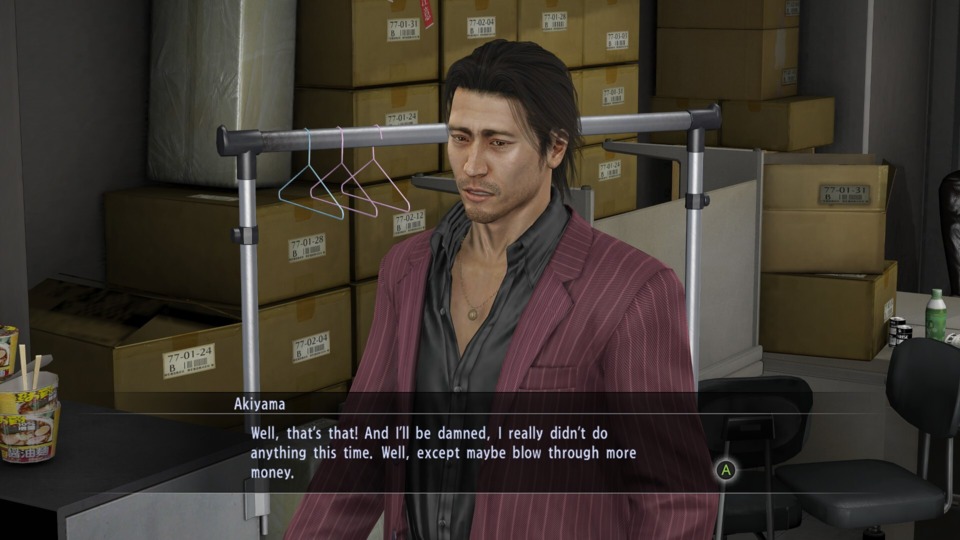Bakamitai: Summer's Backlog Battle
By jeremyf 0 Comments
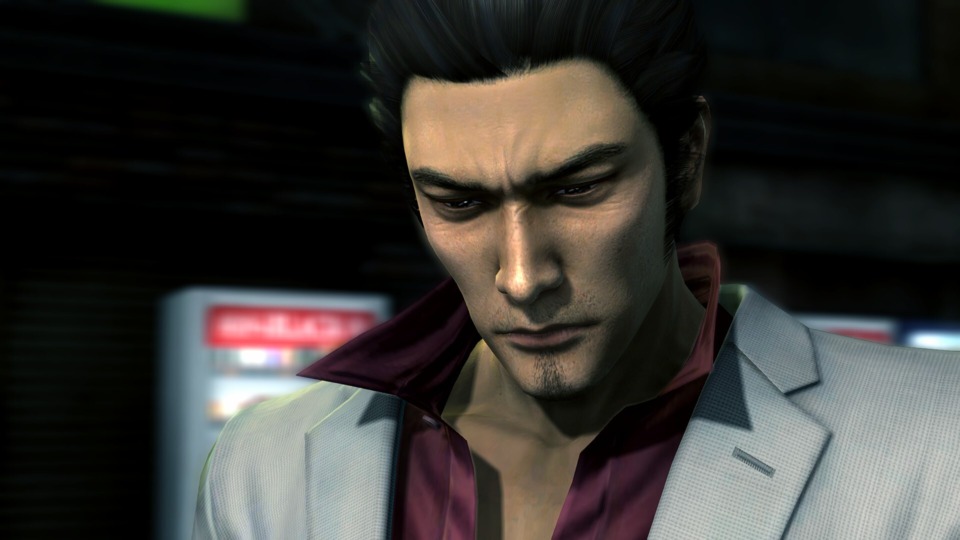
Look, I screwed up. I got sidetracked. I’m supposed to be playing Advance Wars, but I’m also dealing with the uncomfortable truth that I don’t actually like Advance Wars as much as I thought. Instead, I spent this summer gorging on multiple titles in the Like a Dragon franchise. The series became one of my favorites in just a few years. The storytelling is often great, but even more appealing to me is the madcap comedy that the games do so well. You’re rarely bored in a Yakuza title because there are dozens of activities to grab your attention at any given time.
This all started in 2018 after the Giant Beast playthrough of Yakuza 0 got me to play it myself. Then I followed it up with Yakuza Kiwami and Yakuza 6. Then there was Judgment in 2019 and Lost Judgment in 2021. By last year, I had purchased the rest of the games in the main series because I knew I would play them all eventually. But the typical Like a Dragon game takes time to get through, so I tried to avoid burning myself out. In February, Like a Dragon: Ishin was released in English for the first time. I finished and enjoyed it quite a bit, but I’ll touch on that more during GOTY season. I still had an appetite for more, so I blitzed through Kiwami 2 as well. And I was fully expecting to leave it there for 2023 while I dealt with the backlog battle.
But in June, the teaser trailer for the eighth main game, Infinite Wealth, debuted. I am being completely sincere when I say that it was my favorite game trailer ever. It’s simply the protagonist waking up on a beach buck naked as different objects humorously cover his junk. The confidence in your product if that’s the first impression you send is incredible. But it still raises questions, as any trailer should. The other beachgoers are speaking English, leading to most thinking it takes place in Hawaii. The subtitle itself is amazing on its face and sends the mind racing with what it implies. A clip they released later has the typically chaste Kiryu about to discuss a lost love. I am in for all of this. Infinite Wealth instantly became my most anticipated game, and that’s when I saw a problem.
It’s great that Like a Dragon’s popularity is bigger than ever, but the resulting speed of releases is difficult to match. Hell, there’s still another game coming out between now and 8. At my pace, I was never going to catch up. Even now, I strongly want to play 7, and I don’t know where I’ll find the time for that. I had to kick things into high gear. That meant going back to fill in some gaps. I beat Yakuzas 3, 4, and 5 in the Remastered Collection on Steam.
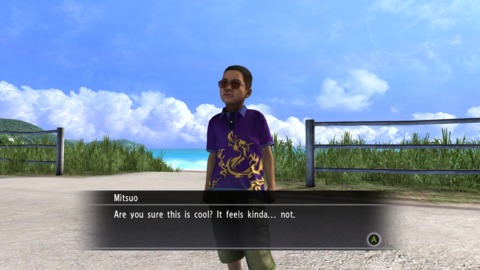
In Yakuza 3, Tojo Clan legend Kazuma Kiryu has taken a new career path. It was probably a fluke that his adopted daughter Haruka was kidnapped multiple times, so he takes over an orphanage with nine kids. Unfortunately for them, their orphanage sits on an important piece of land for a resort deal sought after by yakuza, politicians, and foreign agencies alike. Kiryu has to go papa bear and, with the help of some Okinawan allies, protect his new family. It’s straightforward as far as this series goes. Once the plot gets moving, it actually goes at a pretty quick clip. Before it gets moving is another matter. Like a Dragon has a consistent issue with slow opening sections, and 3 is the most egregious. The player spends over an hour solving problems for each kid in the orphanage. It’s not an action-packed sequence, but I enjoyed it nonetheless. It’s important to establish who the kids are so you can react to the story’s stakes like Kiryu does. Plus, seeing Kiryu in dad mode is a nice reprieve from the merciless thug-beating we normally get. Still, I don’t blame anyone for hating the game’s start. It’s sadly not the only thing worth complaining about in Yakuza 3.
Anyone getting into Like a Dragon in the 2020s is likely to experience the first few games through their Kiwami remakes, which bring the gameplay to a more modern standard. These remastered titles, though, are mostly the same as when they were released on the PS3. That means that Yakuza 3 is the oldest game in the series available on modern hardware. I deal with jank on a regular basis, so I was prepared for it. That didn’t stop some of the clunkiness from dragging down my experience. Kiryu’s speed around town is quite slow, and the random encounters only makes getting to your destination more arduous. Combat in 3 is also unwieldy. Now, I wasn’t going out of my way to look for upgrades this time, so that might have been part of it. Still, most encounters felt like chipping away at a hunk of granite. Enemies in 3 block your attacks almost all the time. It’s hard to get any momentum going for combos when openings to even connect are so rare.
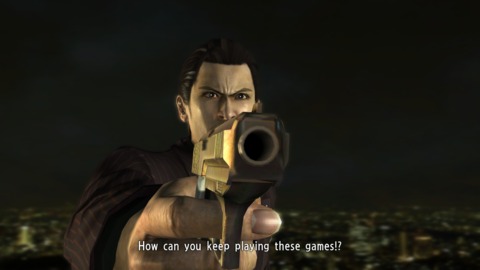
The side content, as well, is not up to the level modern fans might expect. I hardly engaged with any of it, blasting my way through the story in just over 15 hours. Few substories are memorable to me two games later, and most minigames failed to interest me. Realistic golf games aren’t my thing, so that was out. The hostess maker is introduced in 3. The kindest thing I can say about it is that it’s optional. To 3’s credit, it also brings us karaoke, which on its own is responsible for thousands of sales. Mainlining a Yakuza game is usually a bad sign, but I found a svelte playthrough to be refreshing. Yakuza 3 is Steam Deck verified, so I could soak up the story while lounging on my couch. And I got an action-packed ride through memorable set pieces like a love hotel chase and a bullring showdown. While the gameplay has evolved far past 3’s offerings, the story and atmosphere is unique to the series and still worth experiencing.
It’s slightly surprising, then, that so few threads from 3 are continued in later entries. To be sure, Kiryu’s orphanage is his status quo for the rest of his saga. But the writers feel obligated to come up with an excuse for him to leave. Okinawa is yet to be explorable in another game. The kids, aside from Haruka, only make cameo appearances until Yakuza 6. The other surviving new characters don’t return, aside from one villain in 4 who is unconvincingly redeemed. I’m not sure where the impulse to bury 3 comes from, but since 3’s opening hastily writes out my favorite character from 2, perhaps it’s deserved.
If you were a fan of 3’s tight focus on Kiryu’s journey, I have bad news for you. Yakuza 4 expands the playing field to four protagonists and weaves a far more interweaving tale. Of course there’s another conspiracy. Why would you even need to ask? It draws in rags-to-riches moneylender Shun Akiyama, who falls for a “femme fatale” at the same time his friend disappears. Meanwhile, Majima’s sworn brother Taiga Saejima escapes execution for the murder of 18 men, determined to find the truth. Corrupt cop Masayoshi Tanimura starts his own investigation, hoping to uncover his father’s murderer. And the events trace back to Kiryu’s past, which (eventually) drags the dragon out of retirement once again.
I was concerned about a Sonic’s friends scenario, but I like all the protagonists in Yakuza 4. Saejima is probably my least favorite due to his pigheadedness and his awful hair in this game. However, he serves a valuable role in the story. With an even more extreme rap sheet than the OG, Saejima can behave and react like Kiryu would in older games. His combat style, which relies on charge attacks, is tough since enemies still have a penchant for blocking at inopportune times. Tanimura especially surprised me from a narrative standpoint. Since he never appears after 4, I assumed his arc would be unimpressive. Instead, he won me over with his cocky attitude and his aiding the underserved. He probably didn’t come back because his story is complete. Tanimura’s fights revolve around parrying.
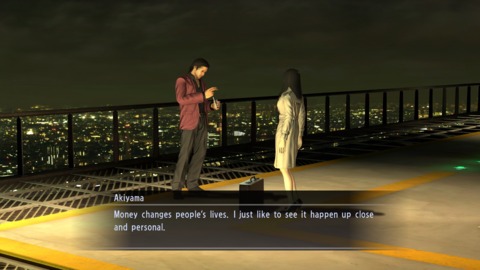
Akiyama is certainly my favorite addition in 4. He went from financial wiz to homeless when his company framed him. But after a lucky break, he has the knowhow to rise to the top and become filthy rich. That makes him a walking contradiction. He’s a slob who procrastinates the most basic parts of his job, yet he’s always the smartest and most rational person in the room. In a world full of hotheaded yakuza, he’s the guy who will slow down and come up with a plan. He’s also got a highly entertaining dynamic with his assistant, Hana. She’s a great foil to him and a badass in her own way, which ensures that he doesn’t come across as aloof to the audience. Akiyama’s moves are all kicking-based. That by itself differentiates the man from the other playable characters, visually and in attitude. It’s also the fastest style, which is a big help in this engine. You play as him first, then you sort of have to trudge through the rest of the game until Kiryu comes back. It’s like waiting for Goku to show up.
That desire to get back to Kiryu may have been the reason I also rushed through Yakuza 4. I hardly did any substories, though the ones I finished weren’t bad. There aren’t many minigames to crow about aside from some new karaoke bangers. Despite what seems like a more complex story, my hour count was roughly the same between 3 and 4. I was still encountering a lot of the quirks from the former, albeit to a lesser degree. That said, I remained interested in the story all the way through, some typically bad decisions notwithstanding. These guys seriously need to stop leaving the gun in front of the bad guy. I don’t know what they expect. Yakuza 4 is a solid entry that does a lot of things well and introduces several fan favorite characters on a high note. It was the first to prove that the series can indeed evolve past Kiryu… even if he’s gotta return by the end.
Clearly, the writers took the Kiryu withdrawal into account when crafting Yakuza 5. You start the game as him, only in a totally new place. Now, he’s a taxi driver. And Haruka is on TV as an idol? Say whaaaat? An unexpected visit from the sixth chairman pulls Kiryu right back into the madness. Meanwhile, Saejima breaks out of jail again to find the truth. Akiyama pops around because he’s tangentially related to everything and wants to find the truth. And washed-up baseball player Tatsuo Shinada has his own adventure as he struggles to (can you guess?) find the truth - and more importantly, pay his loans.
I’m curious if anyone else has this problem, or if it’s just a me thing. I’m vague with my story synopses partly to avoid spoilers, but mostly because I can’t remember the fine details of what happens in a typical Like a Dragon plot. These stories are based around reveals and double crosses, so it’s hard for me to pin down the A-to-B events. Also, I’m a dumb English speaker who has trouble keeping track of all the Japanese names. If someone is referring to a character who isn’t on-screen, chances are I’m going to need help putting a face to the name. None of this stops me from enjoying the big dramatic moments in each game, where people scream at each other and dramatically throw off their tops. But once the moment has passed, I have trouble remembering why they were on that rooftop to begin with. All of this applies to the best told stories in the Like a Dragon universe, so there was really no hope for Yakuza 5.

5 is certainly the most fun game in the Remastered Collection, but its story is incomprehensible. The problem stems from the pacing. In 4, while everyone was going through their individual stories, there was at least a sense that an underlying plot was advancing. They even crossed paths a few times. In 5, that connective tissue is much more tenuous. With every new protagonist, it feels like you’re starting a new story at act one. That kills the momentum. And when the game finally brings back plot points and characters from 20 hours earlier, I have no hope of even remembering what happened, much less the significance of it. Around 80% of the way through, I gave up on following the plot.
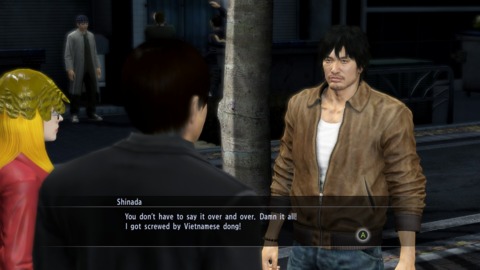
It doesn’t help that the story asks you to take some big leaps to begin with. Kiryu is in hiding because talent manager Mirei Park showed up at the orphanage and basically forced him out. Being associated with a yakuza wouldn’t do Haruka’s career any favors. But did Haruka want to be an idol that badly? Or at all? There’s a section in Yakuza 2 where she’s nearly recruited into that life, but I don’t think they wrote that as intentional foreshadowing. She’s always maintained that being with Uncle Kaz is the most important thing to her. I find it hard to believe she would go along with this in the first place. People talk about Haruka’s dream like it’s The Muppet Movie or something. But it’s clear that Park is the one trying to live out her own failed ambitions through Haruka. Initially, I thought this was shrewd commentary directed at a very common thing in the entertainment industry. The player is set up to hate Park for tearing Kiryu’s family apart. When they show Park establishing a mother-daughter bond with Haruka, I figured this was an act so she could better control her. Then I remembered that the previous game wanted us to sympathize with a man who stabbed Kiryu in the gut, and I realized that we’re supposed to go along with this. Indeed, this is the case, and everyone inexplicably becomes dedicated to carrying out Park’s dream. I don’t think she’s a bad character, but they were afraid to follow through with what could have been a great storyline.
I could go on - like how the final boss is seemingly pulled out of a hat - but I’d prefer to talk about the gameplay of Yakuza 5, which reminded me why I love the series so much. The engine has gotten a facelift, and with it comes smoother combat. I loved finding new avenues for combos and heat moves in this entry. Exploring a combat system for its own sake is rare for me, but each style is refined in 5 so that tearing up fools always feels great. The clunkiness is gone. Each character has an additional super move as well - Akiyama can do air combos, Shinada can charge tackle, and so on. They add even more depth and consideration for how to use heat. The encounter rate on the streets is out of control in 5, but I didn’t mind so much because the fights are always fun. I sought out all the masters to give myself a bigger toolkit. Seeing how powerful that made me, I then wondered how much I had been missing out before.
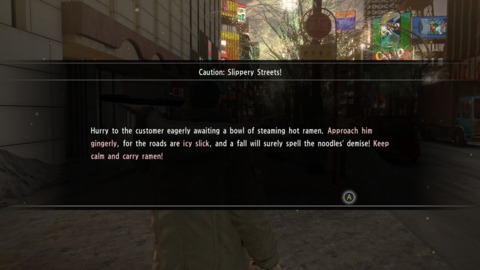
Side content is another astronomical step up from previous games. Not only are there more enjoyable minigames and entertaining substories than ever before, but there are also four “side stories” that combine the best aspects of both. You advance through a character-specific minigame and get entire plot arcs as a reward. This setup is common in newer entries, but it starts here. Kiryu’s taxi quest is a blast, especially once you get classic SEGA music blaring on the speakers. Saejima’s hunting… okay, that was bad and I stopped at the first opportunity. But Haruka’s idol tasks were neat if repetitive, and Shinada’s baseball training was a great showcase of his sleazy personality. They aren’t the best-constructed sections, but they lay the groundwork for the highs of Pocket Circuit in the future.
My hour count with Yakuzas 3 and 4 was around 15, but Yakuza 5 reached close to 60. This is mostly because of a quirky design decision that sent ripples through my experience. It’s common in the series to have both a freeroaming postgame and a new game plus with an extra difficulty option. Usually, you can carry your save from the former into the latter. In Yakuza 5, though, only your save from beating the game is eligible for new game plus. I don’t have any plans to replay the game, but I might years from now. I wanted to set myself up as best as possible for that eventuality, so I went out of my way to power up before finishing the game. I finished every substory, grinded to level 20 with everyone, and even fought the superboss Amon for the first time. All of this ballooned my playtime. There are five characters and five cities in Yakuza 5, and if you’re wondering if that gets overwhelming, it very much does. But each has something to enjoy that’s not found with the others. I had a great time seeing just how much is packed in here. It’s a shame that it can’t be backed up with a worthwhile story, but at least later games have the full package.
I was very satisfied once I finished the Remastered Collection, but I felt that I needed a refresher on how the story bridges to Yakuza 6. I booted up that game and watched some scenes in the cutscene viewer. Then, I realized that I had gotten shockingly close to the platinum trophy in my playthrough five years ago. Why not go for it? I had to grind out some minigames and experience, which took a few sessions, but I guess I really didn’t want to play Advance Wars. And during that process, I realized that I needed to adjust my series rankings. I thought 6 was awesome when it came out because it was new and pretty. Now, though, I think 5 has the edge in both combat and content. I don’t recommend any title in the Remastered Collection as someone’s first Like a Dragon game (any of the others would probably be better choices), but I’m really glad I gave them the time. Now, I’m finally ready to tackle Yakuza 7… eventually.
